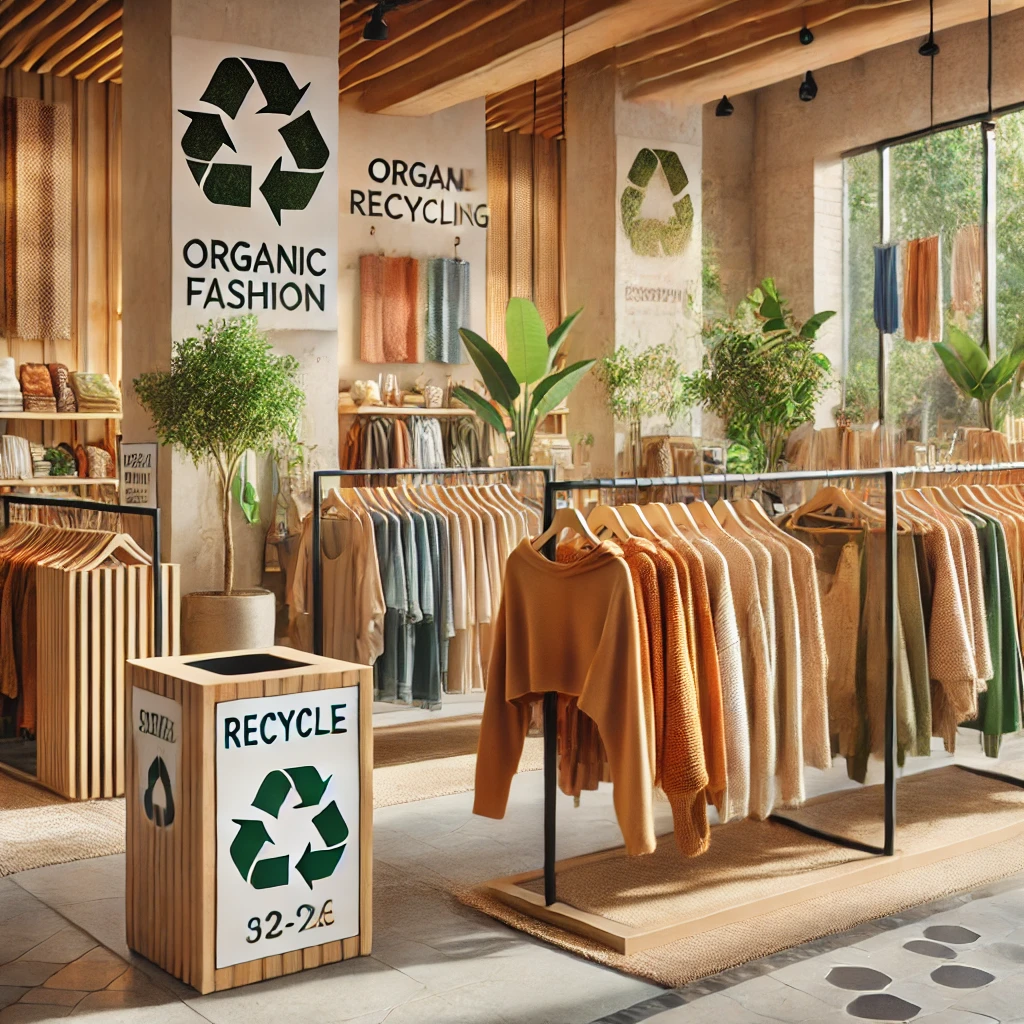In recent years, sustainable fashion has transitioned from a mere trend to a powerful movement. As environmental consciousness continues to grow, this niche market has emerged as a beacon of hope in the fight against the adverse effects of fast fashion. From ethical sourcing to eco-friendly production methods, sustainable fashion seeks to redefine the way we view and consume clothing. This article explores the essence of sustainable fashion, its significance, and its impact on the global market.
Understanding Sustainable Fashion
Sustainable fashion encompasses a variety of practices aimed at reducing the negative impact of clothing production and consumption on the environment. It involves the use of organic materials, recycling initiatives, ethical labor practices, and waste reduction strategies. The goal is to create a system that prioritizes the planet’s health and the well-being of workers while providing stylish and durable clothing for consumers.
Some key principles of sustainable fashion include:
- Eco-Friendly Materials: Organic cotton, hemp, bamboo, and recycled fabrics are replacing traditional textiles that require excessive water and chemical use.
- Circular Fashion: Brands are encouraging recycling and upcycling old garments to reduce waste.
- Transparency: Consumers are demanding more transparency about where and how their clothes are made.
- Slow Fashion: Unlike fast fashion, slow fashion emphasizes quality over quantity, promoting timeless designs and durable products.
The Importance of Sustainable Fashion
The global fashion industry is one of the largest polluters, accounting for approximately 10% of global carbon emissions and 20% of wastewater production. With the rise of disposable fashion, landfill sites are overwhelmed with discarded garments, many of which are non-biodegradable. Sustainable fashion addresses these issues by:
- Reducing Environmental Impact: By using renewable resources and minimizing waste, sustainable fashion reduces the ecological footprint of clothing production.
- Promoting Ethical Practices: Workers in fast fashion supply chains often face unsafe conditions and unfair wages. Sustainable brands advocate for fair treatment and proper compensation.
- Encouraging Mindful Consumption: Educating consumers about the long-term benefits of investing in high-quality, sustainable clothing fosters a culture of mindfulness.
Popular Sustainable Fashion Brands
Several brands are making strides in this niche, combining style with sustainability:
- Patagonia: Known for its environmental activism, Patagonia uses recycled materials and donates a percentage of profits to environmental causes.
- Reformation: This brand offers stylish, eco-friendly clothing while maintaining transparent supply chains.
- Stella McCartney: A pioneer in luxury sustainable fashion, McCartney’s brand avoids the use of animal products and prioritizes sustainable materials.
- Eileen Fisher: Committed to circular fashion, Eileen Fisher recycles old garments into new designs.
Challenges in Sustainable Fashion
While sustainable fashion holds immense promise, it faces several challenges:
- High Costs: Producing sustainable clothing often involves higher costs due to ethical labor practices and eco-friendly materials.
- Consumer Awareness: Many consumers remain unaware of the environmental impact of their clothing choices.
- Greenwashing: Some brands falsely claim to be sustainable to capitalize on the trend, misleading consumers.
The Role of Technology
Technological innovations are playing a vital role in advancing sustainable fashion. From AI-driven design processes to blockchain for supply chain transparency, technology is enabling brands to optimize their operations and provide verifiable sustainability claims. For instance, 3D printing reduces fabric waste, while waterless dyeing technologies conserve precious resources. Similarly, these advancements can inspire unique ideas, such as a Valentine Day gift for wife, where personalized, sustainably made fashion pieces could be crafted using cutting-edge technologies.
How Consumers Can Support Sustainable Fashion
Consumers play a critical role in driving the sustainable fashion movement. Here are some ways to contribute:
- Choose Quality Over Quantity: Invest in timeless, durable pieces rather than chasing fleeting trends.
- Support Ethical Brands: Research brands’ sustainability practices and support those that align with your values.
- Reuse and Recycle: Donate, swap, or upcycle old garments instead of discarding them.
- Educate Yourself: Stay informed about the environmental and social impact of fashion.
The Future of Sustainable Fashion
The future of sustainable fashion is promising, with increasing consumer demand and regulatory pressures pushing the industry towards eco-friendly practices. As technology advances and awareness grows, the gap between sustainability and affordability is expected to narrow. Collaborations between governments, non-profits, and fashion brands will further accelerate the adoption of sustainable practices.
In conclusion, sustainable fashion is not just a niche but a necessary evolution of the fashion industry. By embracing eco-friendly practices and ethical principles, it offers a viable solution to the environmental and social challenges posed by traditional fashion. As consumers, businesses, and policymakers unite for this cause, sustainable fashion has the potential to revolutionize the industry and pave the way for a greener future.
